Sitting on a weathered black rock on an expansive stretch of rocky sand near Bamfield, B.C., Wisqii (Robert Dennis Jr.) drums and sings a traditional song that tells the story of the resilience of the Huu-ay-aht people.
The remains of an ancient Huu-ay-aht village are hidden amongst old-growth cedars at the edge of this beach on Vancouver Island’s remote west coast.
At one point, the Huu-ay-aht managed to take this village known as Kiixin (pronounced “kee-hin”) back after they were driven out by a neighbouring tribe, Wisqii explains, as he gives a tour.
The Huu-ay-aht later left Kixiin and settled on reserve lands nearby. They only recently started offering tours of the site — described by the nation as the only known undisturbed, standing remains of traditional longhouses on the South Coast of B.C.

The ancient village is the centrepiece of an ambitious cultural tourism plan the nation is counting on to show resilience once again — this time as it rebuilds from the effects of colonialism.
“We have been wanting to share this gem with the rest of world for quite some time and now we are finally having that chance,” Wisqii says.
The misty rainforests and craggy shorelines of Bamfield draw comparisons to the internationally-known beaches of Tofino, B.C.
The Huu-ay-aht want to put the area on the tourism map, with their own cultural spin.
If it works, they hope jobs and economic development will draw members home that live elsewhere — allowing them to better connect with their land and culture.
Their vision is also reshaping the village of Bamfield — a once thriving commercial fishing outpost that has struggled to make the shift to a tourist economy.
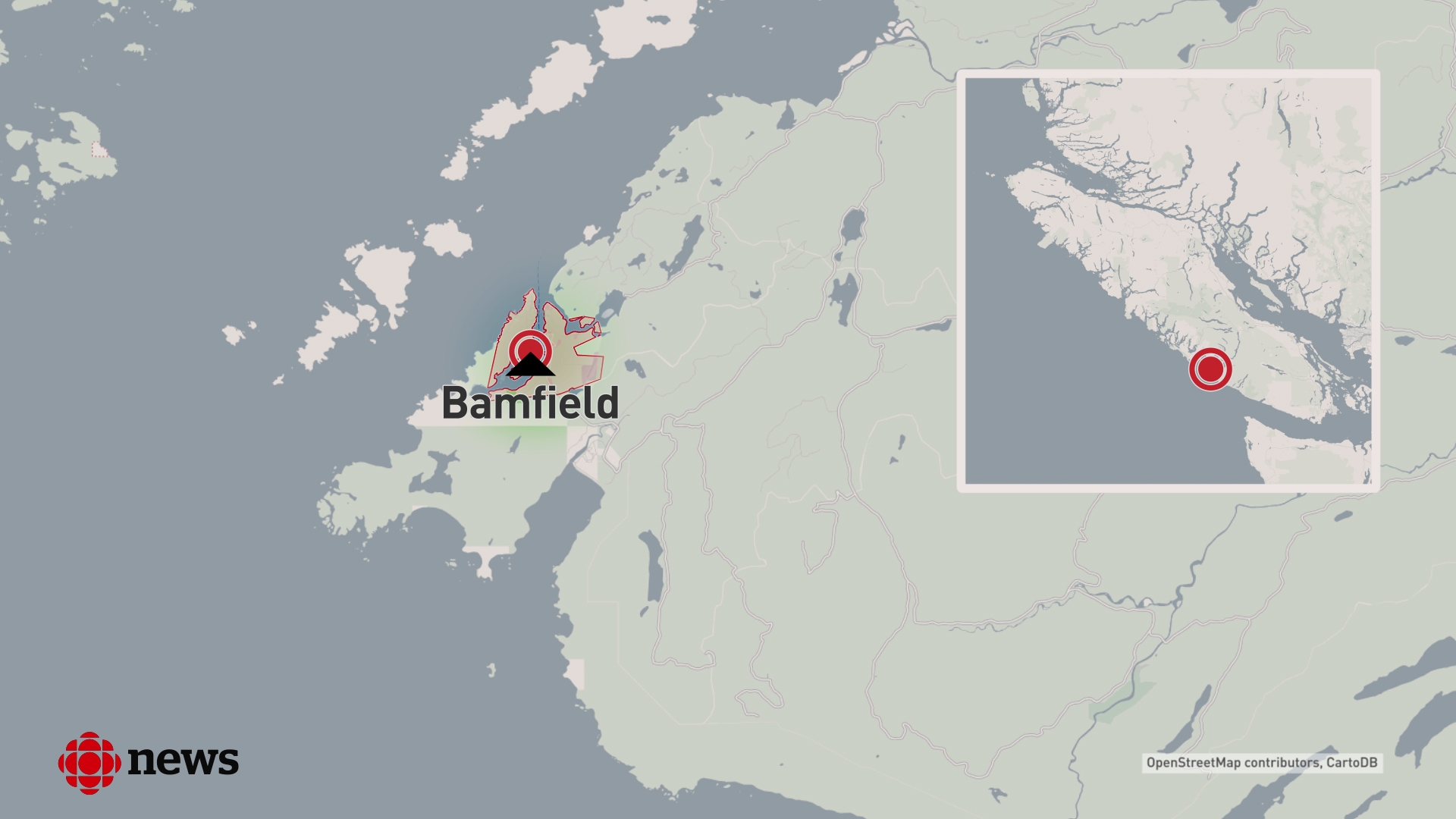
Located 85 kilometres west of Port Alberni, B.C., Bamfield is perched on a picturesque inlet in Barkley Sound.
The Huu-ay-aht have been here for thousands of years, but the village of Bamfield also has a long history that dates back to the early 1900s when it became the end of the trans-Pacific telegraph cable.
The cable station was later turned into the Bamfield Marine Sciences Centre, a joint research venture between several Canadian universities.
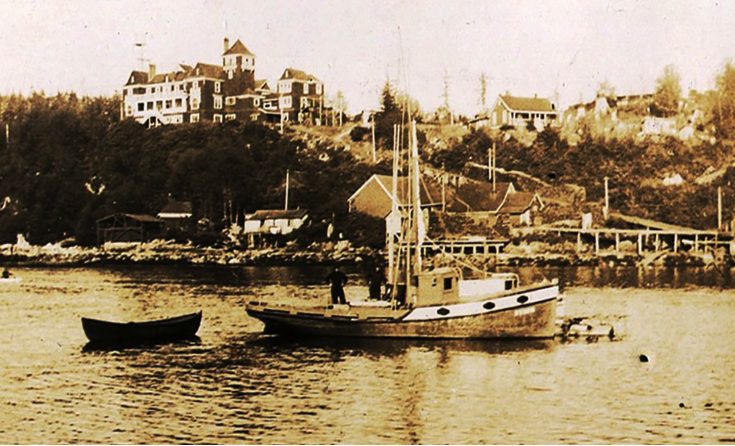
Bamfield also became a lifeline for those stranded by shipwrecks when the West Coast Trail opened and a life boat station was added to aid in rescues. The trail, which ends in Bamfield, is now a popular recreational hike for the intrepid.
The village itself thrived on commercial fishing, but when the industry on the Pacific Coast fell on hard times, the commercial vessels that worked out of Bamfield largely disappeared.
Economic fortunes turned to the scenic shorelines, unique character and proximity to untouched nature. Family-owned lodges have long welcomed guests looking for a remote getaway or top-class sport fishing.
But the path to a flourishing tourism industry has been as bumpy as the long and winding logging road that brings most people to town.

Standing on the soft sand with the choppy expanse of Pacheena Bay stretching out to the wild Pacific Ocean, Trevor Cootes first saw the potential for expanding tourism in Bamfield.
For about 50 years, the Huu-ay-aht have operated a popular campground at Pachena Bay, at its settlement in Anacla and just down the road from Bamfield.
“It's kind of a hidden gem and secret,” Cootes says. "Huu-ay-aht are trying to change that and spread the word.”
Cootes was raised in Port Alberni but came to work at the campground in the late 1990s.
“I don't think tourism was quite at that place yet to see a lot of development,” he says. “Now, it is in a much different place, not only for First Nations but for B.C. and Canadian tourism.”
Cootes is also in a different place. He is now an elected Huu-ay-aht councillor and holds the economic development portfolio.
Huu-ay-aht territory
The Huu-ay-aht became a self-governing treaty nation in 2011, meaning its leaders now have the power to make decisions around the economic future and sustainability of the community.
To that end, the nation bought 11 properties in Bamfield in 2016, including lodges, a motel and pub, a restaurant and even an airstrip, Cootes says.
By bringing more tourists to the territory, the nation hopes to create the jobs needed to draw home some of its hundreds of citizens who have scattered around Vancouver Island and beyond.
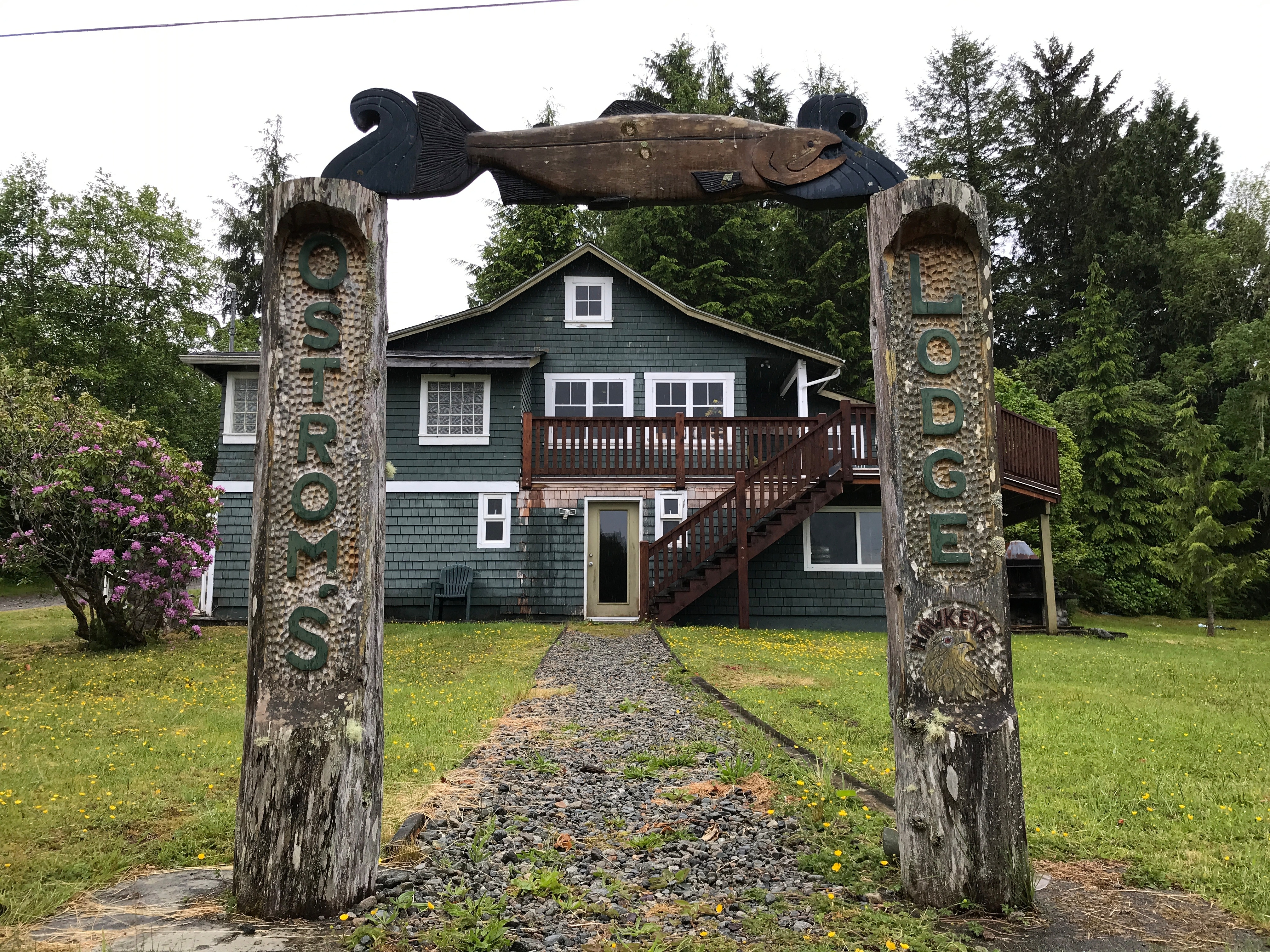
“It’s a new piece to being Huu-ay-aht over the last 10,000 years is adding this economic piece, adding these businesses, working for our businesses, owning our businesses,” Cootes says.
The investment by the Huu-ay-aht is also breathing much needed life back into the village of Bamfield — a community that has seen big aspirations before.
In the early 2000s an out-of-town investor also saw tourism potential in Bamfield and bought up the properties that are now in the hands of the Huu-ay-aht.
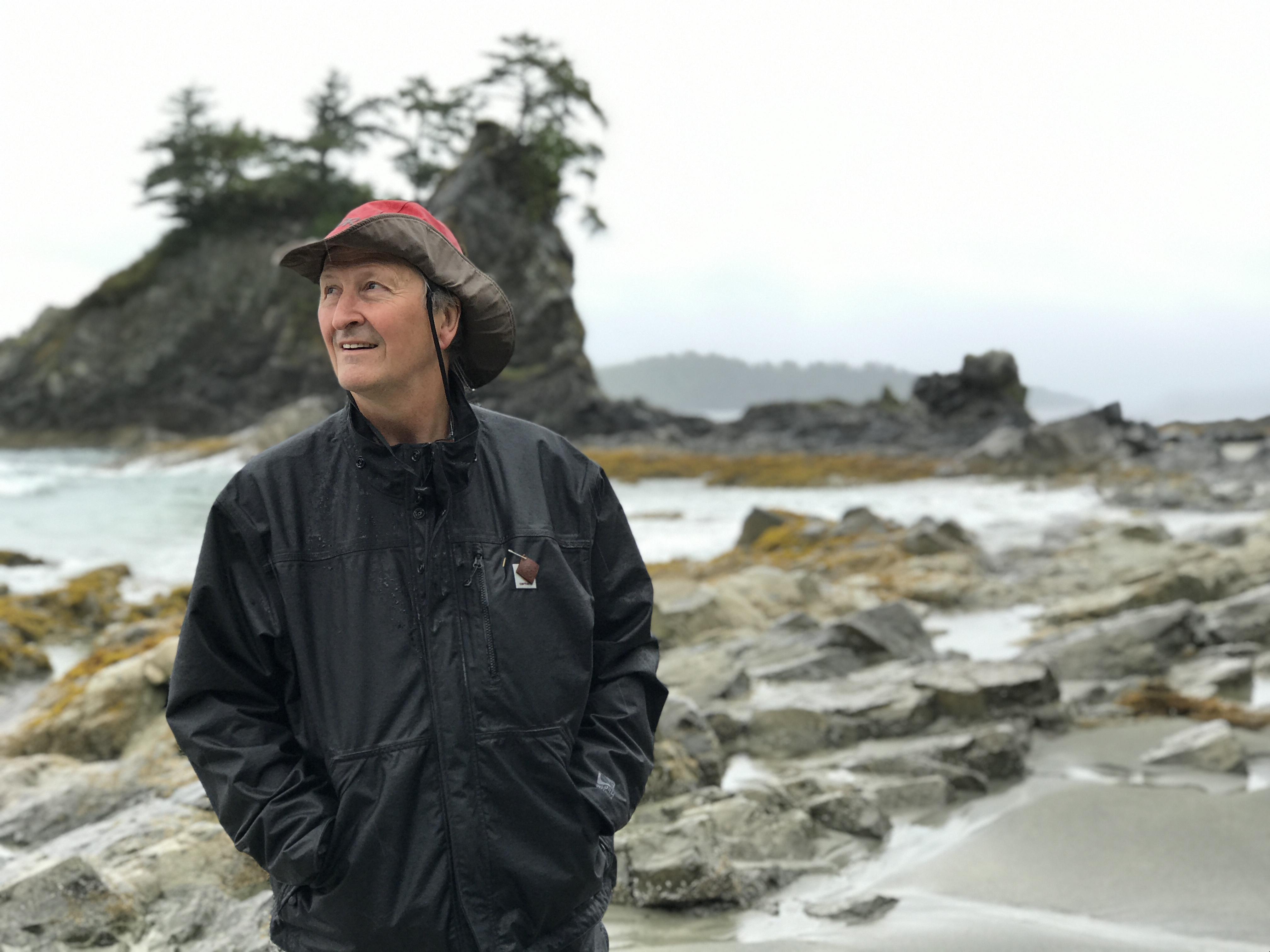
But plans for redevelopment never came to fruition. Instead, existing businesses started to close and some buildings fell into disrepair.
Over the next 10 years, the population of the village also dropped by about 40 per cent to a low of 155 people in 2011.
“It had a big impact. Kind of put the community on ice. Lost in time, kind of idea,” says longtime Bamfield resident Keith Wyton as he rows his boat across the inlet to his home in West Bamfield, a boat-access neighbourhood of the village.
Bamfield future
“There were 90 to 100 kids in the public school and it went down to a low of about 10 about four years ago. It's starting to come back now.”
Wyton has lived in Bamfield for at least part of each year since 1979. He sees business spin-off opportunities for the whole community in the Huu-ay-aht plan — everything from construction to transportation and ecotourism.
“I think most people are delighted to see these properties brought back to their intended use,” says Wyton, who is also an electoral director for the Alberni-Clayoquot Regional District.
“It’s really a sign of the Huu-ay-aht’s comittment to the community and their future that they are confident enough to make that investment.”

But some in the community have questions about how fast the village should grow and how many people it should plan to draw, he says.
Growth is largely constrained by the road into the remote village. Unless tourists opt for a scenic four-hour boat ride from Port Alberni, they arrive via 85 kilometres of gravel logging road.
“The road is a filter,” Wyton said. “If the road was paved tomorrow, we would be overwhelmed. I think what could happen is a steady growth, a natural evolution that will bring improvements to the road.”
Visiting Bamfield
Paving the road would come at a cost of tens of millions of dollars, but it’s something seen as critical to the success of the Huu-ay-aht tourism strategy, says Cootes.
“With Truth and Reconciliation, with UNDRIP, with the federal government and provincial government wanting to look at these, this really helps with that type of discussion” he says.
“Part of this conversation is talking about what the needs are of the nations and definitely a high need for us right now is to improve the road conditions.”
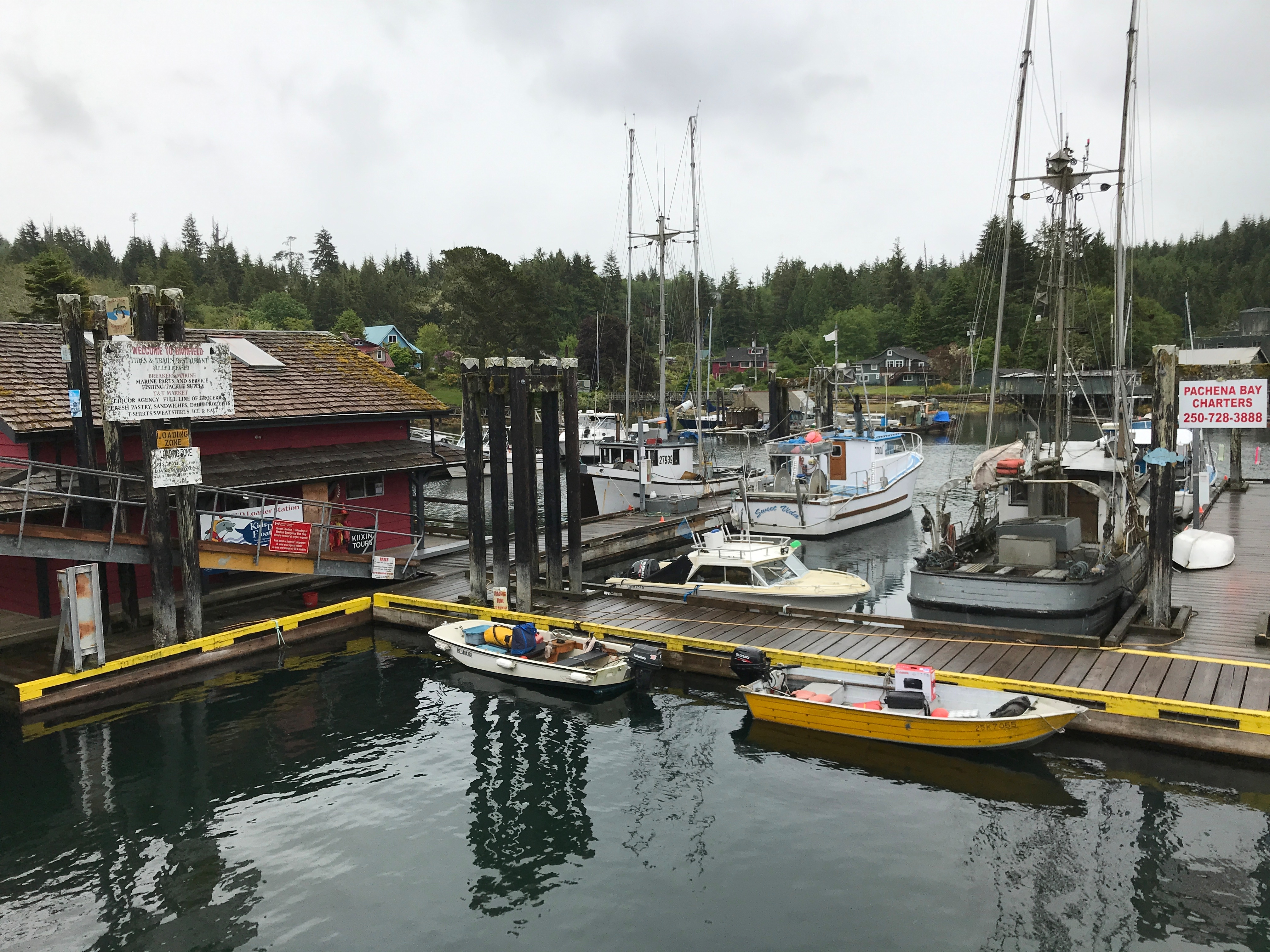
Only about 100 Huu-ay-aht live in Anacla, the nation’s settlement near Bamfield. About 700 more live elsewhere.
The economic development plan aims to bring half of the nation’s citizens home to the Bamfield area by 2033, Cootes says.
“For a small community like this, what has been done in the last 10 years [compared] to the past 10 months is quite a different pace,” he says.
“There are questions about how do we make sure we are prepared if the road is paved in a few years?”
Getting the tourism businesses up and running is also part of a larger economic plan that includes industries such as fishing and forestry.
The Huu-ay-aht have also approved a proposal for a potential liquid natural gas facility at nearby Sarita Bay — something that is controversial in the village of Bamfield.
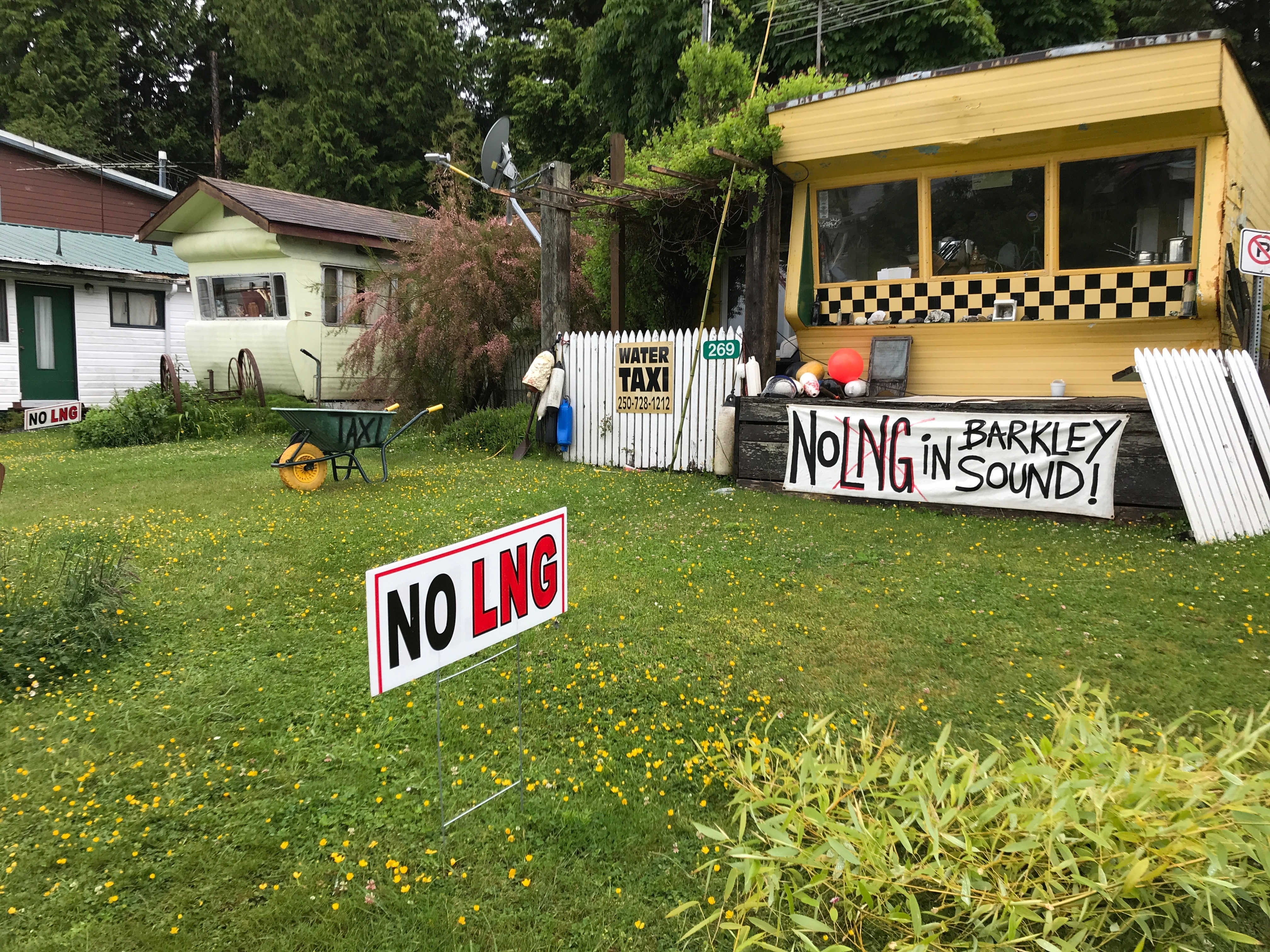
But this summer, the focus for the Huu-ay-aht is on tapping into the growing Indigenous tourism sector in B.C. by spreading the word about the tours at Kiixin, the ancient Indigenous village.
“With any destination, you need to have some kind of attraction there that people will want to go to,” Cootes says.
Back at Kiixin, Wisqii prepares to wrap up the tour and hike back through the rainforest towards Bamfield.

“It does mean a lot to get out here everyday and tell the history of of the Huu-ay-aht because people often wonder what does it mean?” he says.
“To me, it means resiliency. The people of resilience.”
And sharing the history of the nation through these tours is about more than just economics, he says. It’s also about reviving the strength of the Huu-ay-aht’s rich culture of storytelling.
“Our stories have often been told from outsiders,” Wisqii says. “Now, we have a chance, an opportunity, where we can tell our own stories.”
